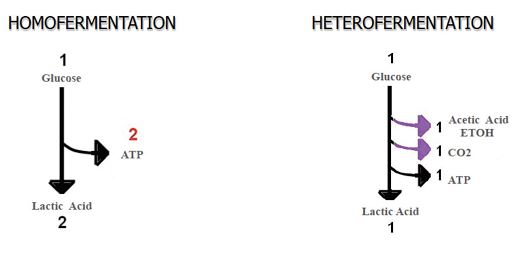Main Active ingredient
ACTIVE INGREDIENT
The Active Ingredients Used in Galozyme® Probiotic Supplements (Kluyveromyces Marxianus) Vs Competitors Active Ingredients, Saccharomyces (aka brewers yeast)
For many years the motivations for the use of yeasts in feed reside in their high content in proteins and vitamins (group B). Only recently, the ban of antibiotic growth promoters in feed for production of animal foods in the European Union has increased interest in evaluating the effect of yeast and bacterial products (DFMs — Direct Fed Microbial) on the gastrointestinal ecosystem, rumen microbial populations and overall animal performance.
Feeding yeast (Saccharomyces cerevisiae) has largely increased in Ruminants: lactating dairy cows (for reduction of rumen lactate and prevention of acidosis and improving production efficiency), newborn calves (for reducing enteric disorders), at weaning (for reducing stress and improving intake).
On the other hand some bacterial species have been proposed for monogastric animals, pigs and piglets in particular (ex. Enterococcus faecium is used as a probiotic for piglets and has been shown to modify the porcine intestinal microbiota).
Only one Yeast type, Kluyveromyces Marxianus (the strain K.m B0399 in particular), has shown to be equally effective as a health and growth promoter in both monogastric and poligastric animals.
This cumulative effect can in part be explained by unique immunomodulatory action of this yeast, unique enzymatic activity (ß-galactosidase and inulinase, but also endopolygalacturonase, carboxypeptidases, and aminopeptidases) and unique metabolite complex. These beneficial metabolites also act as the "active" ingredients themselves and suggest that live K.marxianus cells may not even be required for exerting its effects.
PRINCIPAL CHARACTERISTICS
1. The ability to enzymatically degrade lactose due to the presence of the enzyme beta- galactosidase (b-gal) or lactase in the cytosol in its constituents galactose and glucose.
Fig. 1:
Beta-galactosidase reaction:
GAL -O -G + H20 = GAL + G
lactose + H20 = galactose + glucose
Unique Properties
Thanks to its unique enzymatic properties K.marxianus produce valuable bio-ingredients (metabolites), either as A) fermentation by-products or B) as the result of yeast autolysis:
A1. Polysaccharide Prebiotics (stimulate the growth of endogenous probiotics such as Bifidobacterium sp. and Lactobacillus sp.): fructooligosaccharides (FOS), oligofructose & inulin), galactooligosaccharides (GOS), transgalacto-oligosaccharides (TOS), mannanoligosaccharides (MOS) and lactulose)
A2. Oligopeptides with antibacterial function:
"mycocin" - secreted yeast toxin effective against E.coli; the one originating from K.marxianus was shown to have stronger antibacterial effect than S.cerevisiae.
lactoferrin - partially hydrolysed milk/whey protein — ( angiotensin-I-converting enzyme (ACE) inhibitory activity); antibacterial effects against E.coli and against Clostridum sp.
A3. Short chain fatty acids (SCFA), in particular lactic and acetic acid - produced by K.marxianus much more efficiently than many of the commercially available products based on Saccharomyces cervisae
Fig. 2:
| SCFA production | Kluyveromyces m. B0399 | Saccharomyces cerevisiae |
| Lactic acid (mg/l) | 2152 | 214 |
| Lactic + Acetic ac. (mg/l) | 3483 | 330 |
B. Immunomodulators and immunostimulators (activate immune cells such as macrophages, neutrophils, and other immunocompetent cells): yeast cell wall polysaccharides — glucans and mannan.
K.marxianus has the capacity of production and secretion of B-glucanase enzyme which cause autolysis of the cell wall and liberation of mannan & B-glucans. The proportion of soluble branched b-1 ,6—glucan is much higher in Kluyveromyces marxianus than in Saccharomyces cerevisiae.
IMMUNE SYSTEM
Modulation of the host's immune system
Kluyveromyces marxianus was shown to have different immune-modulatory properties from Sacharomyces in terms of adaptive immune responses promoting health benefits in conditions characterized by excessive inflammation.
ENERGY PRODUCTION
K.marxianus increases energy production and energy absorption
It reduces Carbon Footprint as homo-fermenting yeast (particularly in anaerobic conditions): produce 2 ATP for every molecule of glucose which leads to a decrease in C02 and methane production
Fig3
Simplified mechanism of homo- and hetero-fermentation pathway:

Comparison


